Mualani, Kachina & Kinich, do you know their culture background?
Following the pace of the traveler, we have come to Natlan. There are lots of interesting people and things here, but also a lot of ancient cultural beauty brought visual impact.
We've also met three best friends, Mualani,Kachina and Kinich in Natlan. Their dress and appearance are different and distinctive. So what culture do they represent in reality? Let's take a look!

Mualani

The name of the hydro character Mualani is taken from Polynesian culture, which means:
"Mua": Pioneer/Primary
"lani": Celestial/Noble
The name, Mualani, actually comes from the real life of a famous ancient Hawaiian chieftess.
The city Mualani lives is located in a tribe called "People of the Springs" in Genshin Impact, one of the six tribes of Natlan.
In real life, the design concept of the city of People of the is also based on the Polynesian cultural sphere. The Polynesian cultural sphere includes Hawaii, New Zealand, Samoa, Tonga, Fiji and many more. There's a lot of movement between inhabitants on these islands because these islands not that far away.

As a result, the inhabitants of the Polynesian islands share similar social structures and kinship systems, such as the Maori society of New Zealand, which has tribal alliances and patrilineal large family communes.
Their myths, their rituals, and even their language are common to Polynesian culture, but they are also unique. Such as the unique Maori Hongi and Moko culture and so on.
Moko can be found on the faces of many of Natlan's characters. It can be seen that Natlan's design prototype is a mixture of many cultures.
In addition, the people of the Polynesian islands were particularly good at sailing and building boats, and their canoes were often well made and could travel far oceans. In Genshin Impact, the main city of the Stream tribe is built in the style of sailing ships, which is quite appropriate for Polynesian culture.
Kachina

The geo character Kachina takes its name from the Hopi culture, an indigenous people's culture in northeastern Arizona.
In traditional Hopi rituals, Kachina represents the deity. Deity can represent natural phenomena or the spirits of ancestors.
The residents of Hopi often hold a Kachina dance ceremony in winter, in which dancers wear masks representing different Kachina deities and special costumes, dance to pray for well-being and harvest.

In the Hopi tradition, they also have Kachina dolls. These dolls, carved in the image of Kachina, are used in ceremonies or given to mothers in charge of caring for their children.
It is worth mentioning that Children of Echoes where Kachina is located has a higher historical status among all the Natlan tribes. The Children of Echoes played an important role in two major historical events of Natlan.
During the battle against the Abyss thousands years ago, Sundjatta, then the former chief of the Children of Echoes, communicated with the other tribes to drive out Tenoch, the master of the Talking Stick, but eventually joined Tenoch's team to stop the Abyss. Making them heroes tribe in the history of Natlan.
In addition, during the rule of the Natlan dictator, Sakkuk, a girl from Children of Echoes, helped the mysterious Scarlet-Eyed Hero unite with the heroes of various tribes to overthrow the insane king's rule.
Kinich

Kinich takes his name from the Mayan civilization, one of the three ancient civilizations of North America. If we disassemble his name:
"Kin": Sun
"Ich": Eyes
So "Kinich" can be known as "Sun Eyes"
It is very interesting to note that the most famous sun god "God G" of Mayan mythology had the alias Kinich Ahau, which echoes Kinich's name.
K'uhul Ajaw

The same as its current "servant" Kinich name origin, K 'uhul Ajaw the name comes from the mayan civilization. It usually means a holy ruler or a king. Used to denote a ruler or king in the classical Mayan period.
At the same time, it not only represents the supreme leader of Mayan civilization, but also embodies the association between Ajaw, Kinich and divinity.
It also styled itself "Almighty Dragonlord," meaning the dragon ruler who reigned supreme over the Dragon clan.












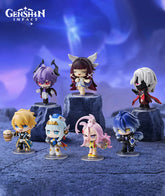

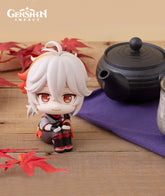



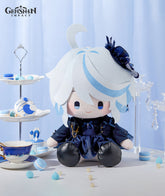
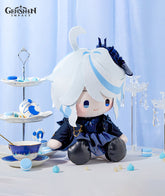
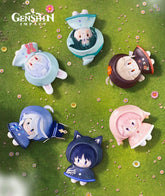
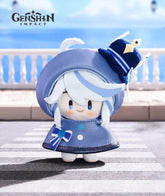


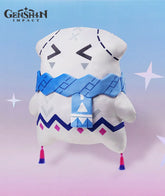

![[Official Merchandise] Genshin Impact Concierge Wolfy Plush](http://genshinfans.com/cdn/shop/files/Genshin-Impact-Concierge-Wolfy-Plush_165x.jpg?v=1726143636)

![[Official Merchandise] Wanderer Scaramouche Cat Hanging Plush Toys](http://genshinfans.com/cdn/shop/files/zt-05_165x.jpg?v=1698818423)
![[Official Merchandise] Wanderer Scaramouche Cat Hanging Plush Toys](http://genshinfans.com/cdn/shop/files/zt-06_165x.jpg?v=1698818424)

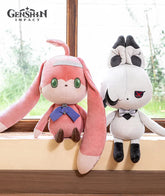




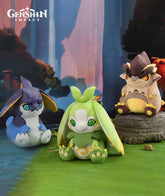
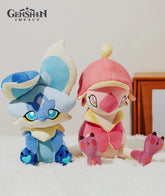
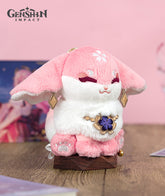
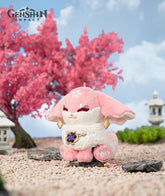
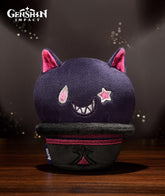
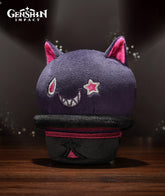

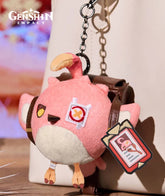
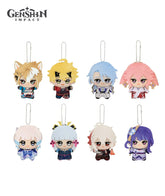
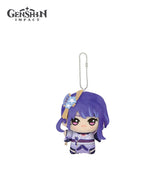

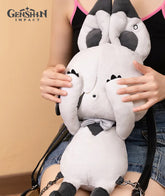


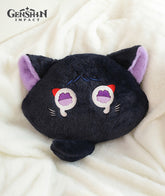
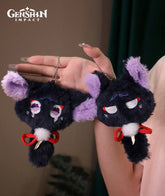
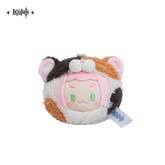
![[Official Merchandise] Xiao Bird Plush Doll Soft Pillow Keychain](http://genshinfans.com/cdn/shop/files/ZT01_e42c7a10-bf23-4cdc-91b5-c7663fb6a28a_165x.jpg?v=1691820045)
![[Official Merchandise] Xiao Bird Plush Doll Soft Pillow Keychain](http://genshinfans.com/cdn/shop/files/ZT02_a8ff82f4-db57-4baa-8c27-ee2ccc9ac568_165x.jpg?v=1691820045)